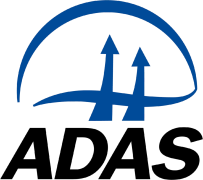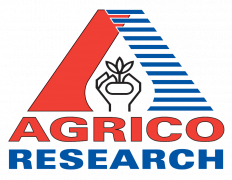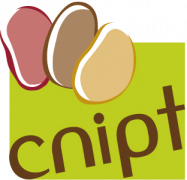Abstract
Accurate potato price forecasting is crucial for managing market volatility, optimizing supply chains, and improving decision-making for farmers and policymakers. This study compares the forecasting performance of six models: autoregressive integrated moving average (ARIMA), recurrent neural network (RNN), gated recurrent unit (GRU), long short-term memory (LSTM), bidirectional long short-term memory (Bi-LSTM), and attention mechanism–based LSTM (AM-LSTM) to predict weekly potato prices in India from January 2006 to December 2023. The AM-LSTM model outperformed all others, achieving the lowest RMSE of 95.50, MAE of 59.90, and MAPE of 8.95%, along with the highest \({R}^{2}\) of 0.85. This superior performance is attributed to the attention mechanism, which enables the model to dynamically focus on the most relevant time steps, enhancing both prediction accuracy and model interpretability. The results highlight that advanced deep learning models, particularly those integrating memory and attention mechanisms, significantly outperform traditional statistical methods for forecasting agricultural prices. Future research may explore hybrid models and real-time forecasting frameworks to further improve predictive accuracy and adaptability in volatile agricultural markets.















